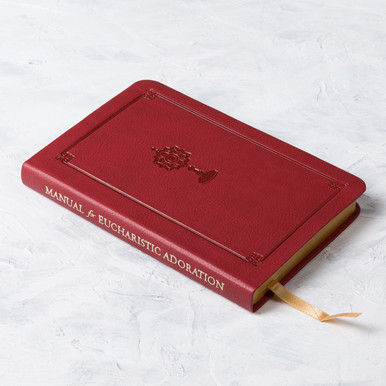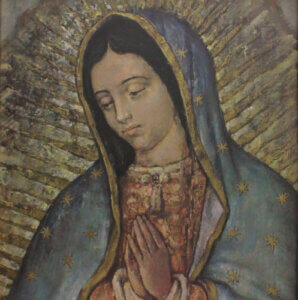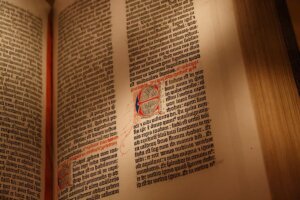“I don’t know if I can believe that the Eucharist is really Jesus’ Body and Blood,” says a Protestant friend. “Can you show me where He says that in the Bible?”
“Why yes,” you say with confidence. “Please open to…”
Even though we as Catholics do not rely solely on the Bible for our doctrines, it is important to know the supporting Scripture passages when discussing things with our not-yet-Catholic brethren.
Though it might seem like a “hard saying,” the Real Presence is, in fact, a simple doctrine to explain Scripturally.
Here are just a couple of the passages that address the Real Presence:
John 6. This one is the classic Real Presence passage, and for good reason. It contains the Bread of Life discourse, wherein Jesus says that His Flesh is meat indeed, and His Blood is drink indeed. He speaks in clear and unambiguous terms, and offers no retraction of His statements when some of His disciples leave Him over this “hard saying.” There are also two miracles—the multiplication of the loaves and fishes, and Jesus’ walking on water—that Jesus performs shortly before this teaching, demonstrating His absolute power to do what He wills with His body and the elements of creation. These offer additional support for the literal interpretation of Jesus’ words.
The Institution narratives. The institution of the Eucharist is found in all three Synoptic Gospels and in St. Paul’s First Letter to the Corinthians. The words of institution are essentially the same in all four, indicating that the wording is very important.
Furthermore, the Old Testament parallels are profoundly informative here: the Last Supper takes place during the feast of Passover, when the Jews were saved from destruction through the eating of the Paschal lamb and the sprinkling of its blood.
Covenants in the Old Testament were always ratified with a real sacrifice and real blood, so it makes sense that the new and everlasting covenant—as it is named by Jesus in the words of institution—should be sealed with a sacrifice of real flesh and blood, too.
Pope John Paul II referred to the Holy Eucharist as “the greatest treasure of the Church,” and yet even many devoted Catholics have a very limited understanding of this powerful sacrament. The powerful book, 7 Secrets of the Eucharist, will change all that. The reader will come away with a completely new awareness that the Eucharist is not just about receiving Communion; it’s about transforming your daily life! Order your copy today from The Catholic Company!
















